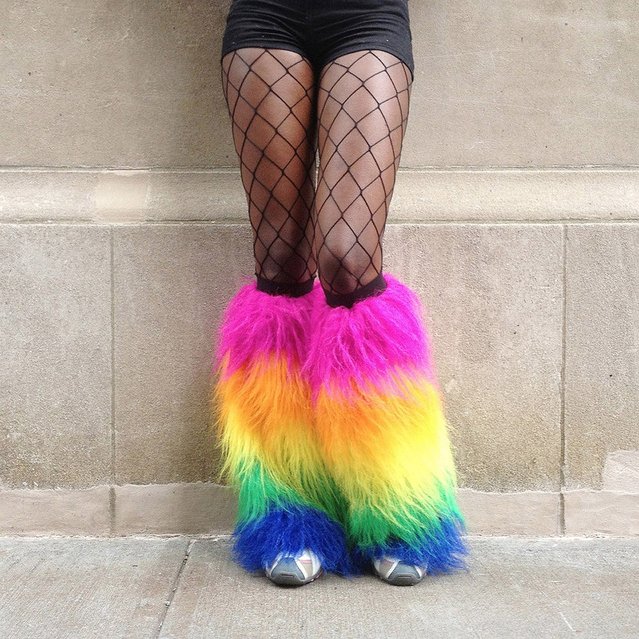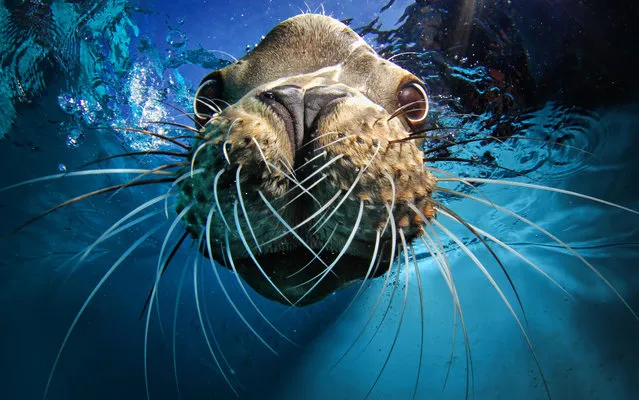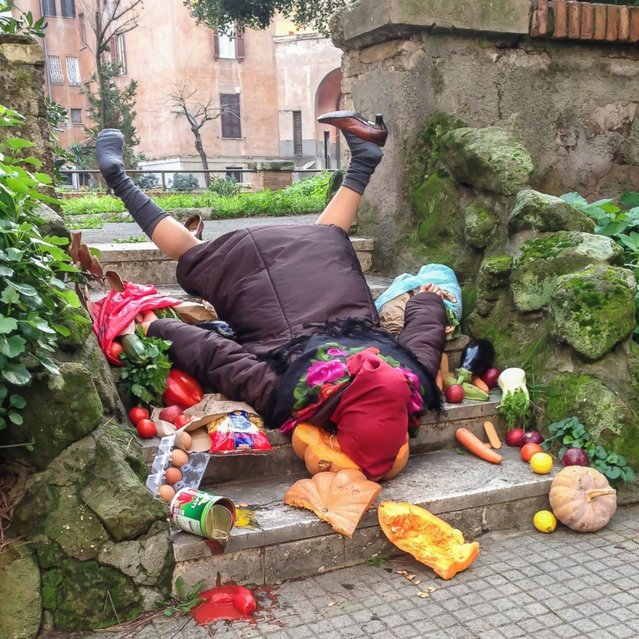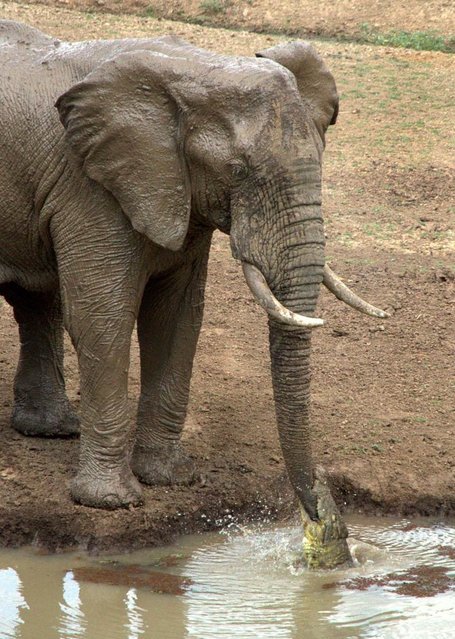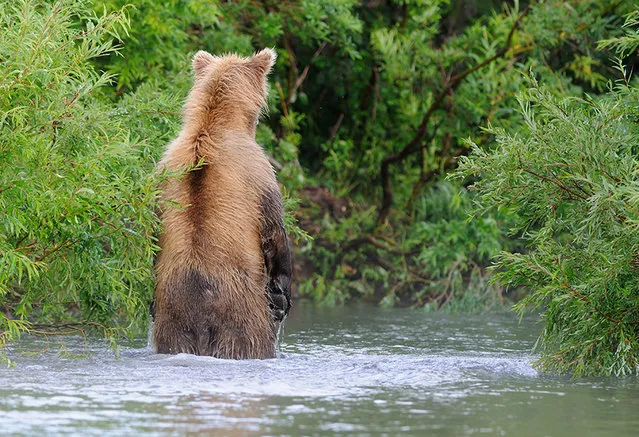
A box of 36 coloured pencils as photographed in a studio with an illustrative price tag of $115 (US dollars), equivalent to the Bs. 725 (bolivars) that it costs on average to purchase in Caracas at the official exchange rate of 6.3 bolivars per dollar, in Caracas September 29, 2014. Venezuela's economic crisis has led to some shocking and surreal price distortions that hit people's buying power dramatically. (Photo by Carlos Garcia Rawlins/Reuters)
05 Oct 2014 11:25:00,post received
0 comments


